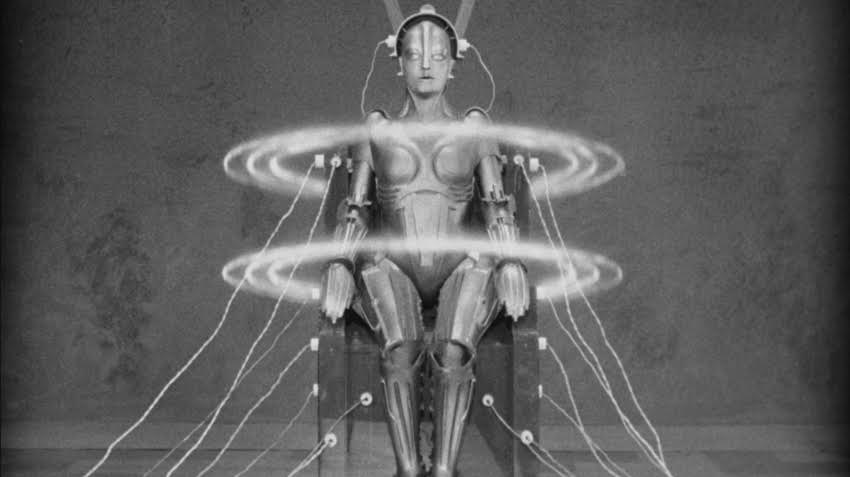
"Set in a futuristic urban dystopia, the film portrays a divided society where the wealthy elite live in luxurious skyscrapers while the oppressed working class toil underground. The film explores themes of class struggle, social inequality, and the dehumanizing effects of industrialization."
"The Tower of Babel, a looming skyscraper, symbolizes the stark division between the privileged and the oppressed. Much like the ziggurats of Ur and the pyramids of Egypt, the building and other elements realized by the film's groundbreaking visual design culminate in a titular city that dominates human existence."
'Metropolis,' premiering 98 years ago, presents a grim vision of the future characterized by a stark divide between the wealthy elite and the oppressed working class. The film's iconic imagery, including the monumental Tower of Babel, resonates with themes of class struggle, social inequality, and the dehumanizing effects of industrialization. Despite numerous imitations in pop culture, few have captured the profound impact of Fritz Lang's original masterpiece, which remains a powerful exploration of dystopian societal structures.
Read at Open Culture
Unable to calculate read time
Collection
[
|
...
]